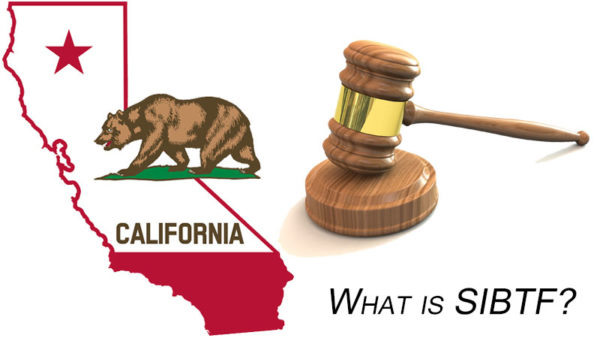What is SIBTF?
The SIBTF, or Subsequent Injuries Benefits Trust Fund, is a fund established and administered by the California Division of Workers Compensation. The purpose of the fund is two-fold:
- to encourage employers to offer employment to workers with pre-existing disabilities
- to encourage workers with pre-existing disabilities to seek employment
SIBTF accomplishes these two goals by providing benefits to qualified injured workers. In some cases, employers are insulated from liability for pre-existing disabilities by way of the SIBTF.
What are SIBTF benefits?
SIBTF benefits are payments made by the State of California to the injured worker to compensate the injured worker for their pre-existing disability.
Who qualifies for SIBTF benefits?
Injured workers qualify for SIBTF benefits if they fall under the requirements of Labor Code 4751. This requires that the injured worker have a pre-existing disability which predates the compensable industrial injury. The pre-existing disability needs to be labor-disabling or ratable. The pre-existing disability can be industrial or non-industrial. The combined effects of the pre-existing disability and the subsequent injury must be greater than or equal to 70% and the combination of both disabilities must be greater than just the effect of the subsequent injury alone. Finally, the condition must meet one of two thresholds:
- The 35% requirement: Permanent disability from the subsequent injury is 35% or higher
- The opposite and corresponding requirement: The pre-existing disability affects an extremity (hand or arm or foot or leg) or an eye AND the permanent disability from the subsequent injury BOTH 1) affects the opposite and corresponding member and 2) is 5% or higher
Here is a quick and easy numbered list summarizing the above:
- The employee must have a prior partial disability and a subsequent compensable injury;
- The degree of disability caused by the combination of both disabilities must be greater than that which would have resulted from the subsequent injury alone;
- The combined effect of the pre-existing disability and subsequent injury must be equal to or more than 70 percent; and
- The employee’s condition meets one of the following:
- The previous disability or impairment affected a hand, an arm, a foot, a leg or an eye, and the permanent disability resulting from the subsequent injury affects the opposite and corresponding member, and the disability from the subsequent injury, when considered alone and without regard to or adjustment for the occupation or age of the employee, is equal to 5 percent or more of the total; or
- The permanent disability resulting from the subsequent injury, when considered alone and without regard to or adjustment for the occupation or the age of the employee, is equal to 35 percent or more of the total.
The term “Subsequent Injury” is confusing to many people. The Subsequent Injury must be an industrial injury whereas the “Pre-existing disability” can be either industrial or non-industrial. The injury is deemed “Subsequent” because the injured must have a disability which pre-exists the “subsequent injury.” Some stakeholders have posited that a more accurate and descriptive term would be “Pre-existing Disability” Benefits Trust Fund rather than Subsequent Injury Benefits Trust Fund.
How much are SIBTF benefits?
SIBTF benefits are intended to provide compensation “for the remainder of the combined permanent disability existing after the last injury.” This amount is often reduced by the amount of compensation that the injured worker has received for the pre-existing disability (with some exceptions).
Disclaimer: The information in this article is for general information purposes and is not intended, nor should be it construed, as legal advice. You should consult with an attorney for legal advice on a specific matter.
California Medical Evaluators has numerous physicians across California that are highly trained with SIBTF cases. You can request an SIBTF Physician online or call us at 888-853-7944 to find out more.

